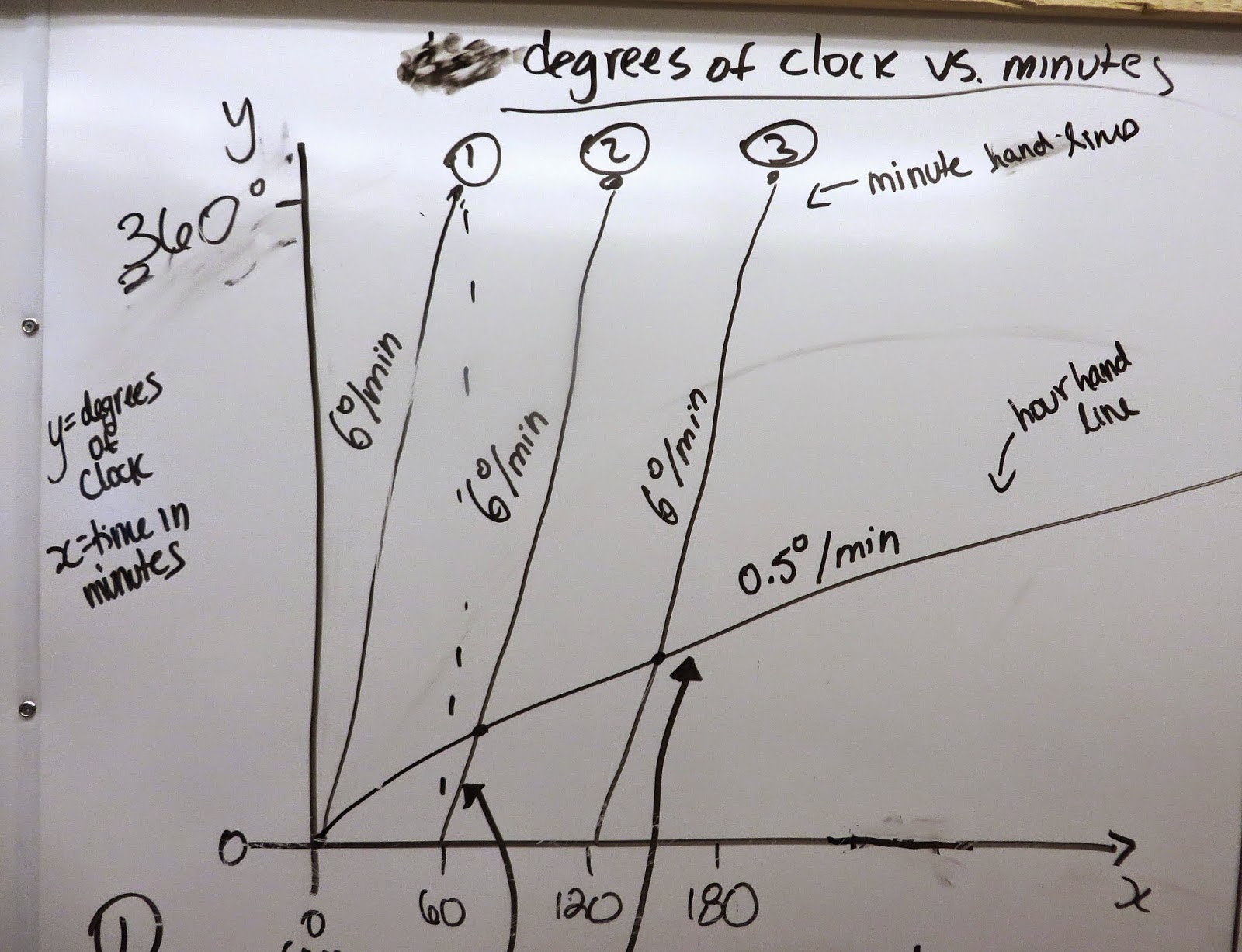I teach a grade 10 math course in Ontario called Applied Math. The students in this course are year after year beaten down by mathematics. My job is to undo that. Not easy.
This year I have been spiraling the course. Basically no more units and teaching through activities only. I have been spiraling this course for years. With the help of my good colleague Bruce McLaurin @BDMclaurin we have been able to spread this idea around Ontario. Mary Bourassa did a blog post about it recently.
blah, blah, blah
Anyhow this year I am trying to do VNPS and VRG (acronyms for the opening line). As Nathan Craft so elegantly put it.
Here is the link to his thoughts.
With my grade ten applied class I like to do an activity with them that I call introductory activities for Quadratics. The questions we did will follow in this post. In the past I have just photocopied the tasks and students have worked on it in class. Typically two to three periods. I would wander around the room helping students move forward with their thinking.
This year I used VNPS and VRG. What a difference! All students were able to do some questions. As a class we accomplished more. What used to take 2-3 periods was done in 1 period. There was no hiding. All students were engaged. Information passed around the room. It was something about me taking a picture of their work. It was awesome!
Here is the first two problems and sample student solutions.
For the first one.
For the second question.
Then I posed the third question. And a few sample solutions.
The fourth question was this.
Sample student solutions.











































